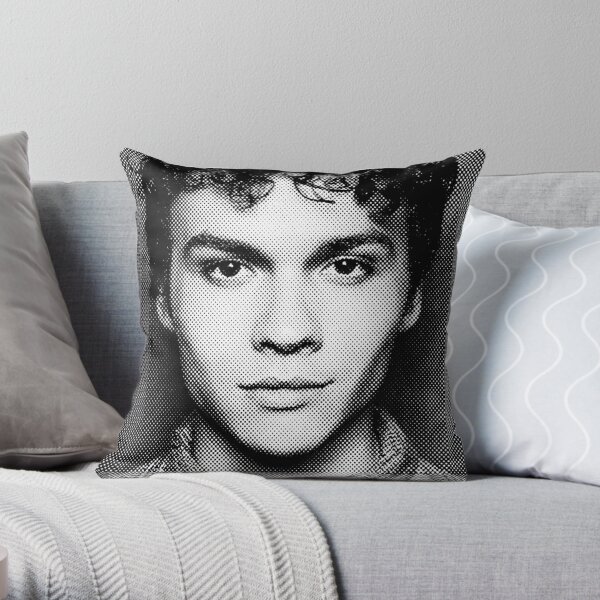The 5-Minute Rule for Unique Art
The 5-Minute Rule for Unique Art
Blog Article
The 45-Second Trick For Unique Art
Table of ContentsWhat Does Unique Art Do?The 9-Minute Rule for Unique ArtThe Greatest Guide To Unique ArtSome Known Questions About Unique Art.
While one could dispute which art kind holds precedence, the reality continues to be that each of these seven forms supplies a distinct home window right into human history, society, and advancement. They are the tapestries that chronicle our journey, advising us of our past while motivating visions for the future.Excellent art work tells a story, makes individuals look two times, and creates a special experience that can't be matched. Art and pictures interact every one of that through shade, shape and various other style aspects. Find out just how to make your one-of-a-kind artwork attract attention from the crowd.

8 TRIA GIOVANEqual components grand and laidback, this entrance hall made by Anthony Baratta is the perfect blueprint to adhere to if you're decorating an official entry that still really feels unfussy and comfy. Formed fabrics take facility phase (see the carpetings and the sofa), however they also assist bring the high ceilings down to a human range when hung over wallpaper.
An Unbiased View of Unique Art
18 Heidi Caillier DesignA gallery wall does not require to take up the whole room. In truth, in some cases a tiny one can make a larger design declaration. In this living area, Hiedi Caillier selected micro-mini frameworks and an arbitrary composition. Promotion - Continue Analysis Below19 Stephen Kent JohnsonDesigner Juan Carretero chose a deep eco-friendly paint color to comparison with the light wood finishes.
The elements of this languageits forms, lines, colours, tones, and texturesare used in different means to create experiences of quantity, area, movement, and light on a level surface area. These aspects are incorporated right into meaningful patterns in order to stand for genuine or superordinary phenomena, to analyze a narrative style, or to develop wholly abstract aesthetic connections.
Later on the idea of the "great musician" developed in Asia and Renaissance Europe. Prominent painters were afforded the social condition of scholars and courtiers; they signed their job, decided its style and usually its subject and images, and developed a more personalif not always amicablerelationship with their patrons. Throughout the 19th century painters in Western cultures began to shed their social placement and protected patronage.
The Single Strategy To Use For Unique Art
Others made an income via touring events of their job. The requirement to appeal to an industry had replaced the comparable (if less impersonal) needs of patronage, and its impact on the art itself was probably comparable as well. Typically, artists in the 20th century can reach an audience just with commercial galleries and public museums, although their job may have been periodically reproduced in art periodicals.

Don't replicate the style of other musicians if you're looking for your style. Duplicating other individuals's artwork can be fantastic in academic objectives but it will not make you closer to discovering your very own unique style. Your imaginative design needs to be, what you like and what influences you.
I would certainly assume of your own style as a design you repaint in naturally, when you allow go of all ideas and rules and simply concentrate on painting, not considering it. Unique Art. The style needs to come naturally to you when you are loosened up and you can't force it or it will not be your very own design, just somebody else's
Unique Art Can Be Fun For Anyone

With time you'll be able to arrange every one of them right into your favored and least favorite classifications. Try to concentrate your interest on the topics and tools that you like and prior to you see it coming you'll have your own individual and unique design, like nobody else have! In the end you'll have a couple of preferred subjects Visit Website to repaint and perhaps a few favored mediums.
The style needs to develop itself over time with a great deal of method and experiments - Unique Art. Thank you for reviewing this article and if you have any my company inquiries leave them in the remarks below, I would certainly more than happy to address these
Report this page